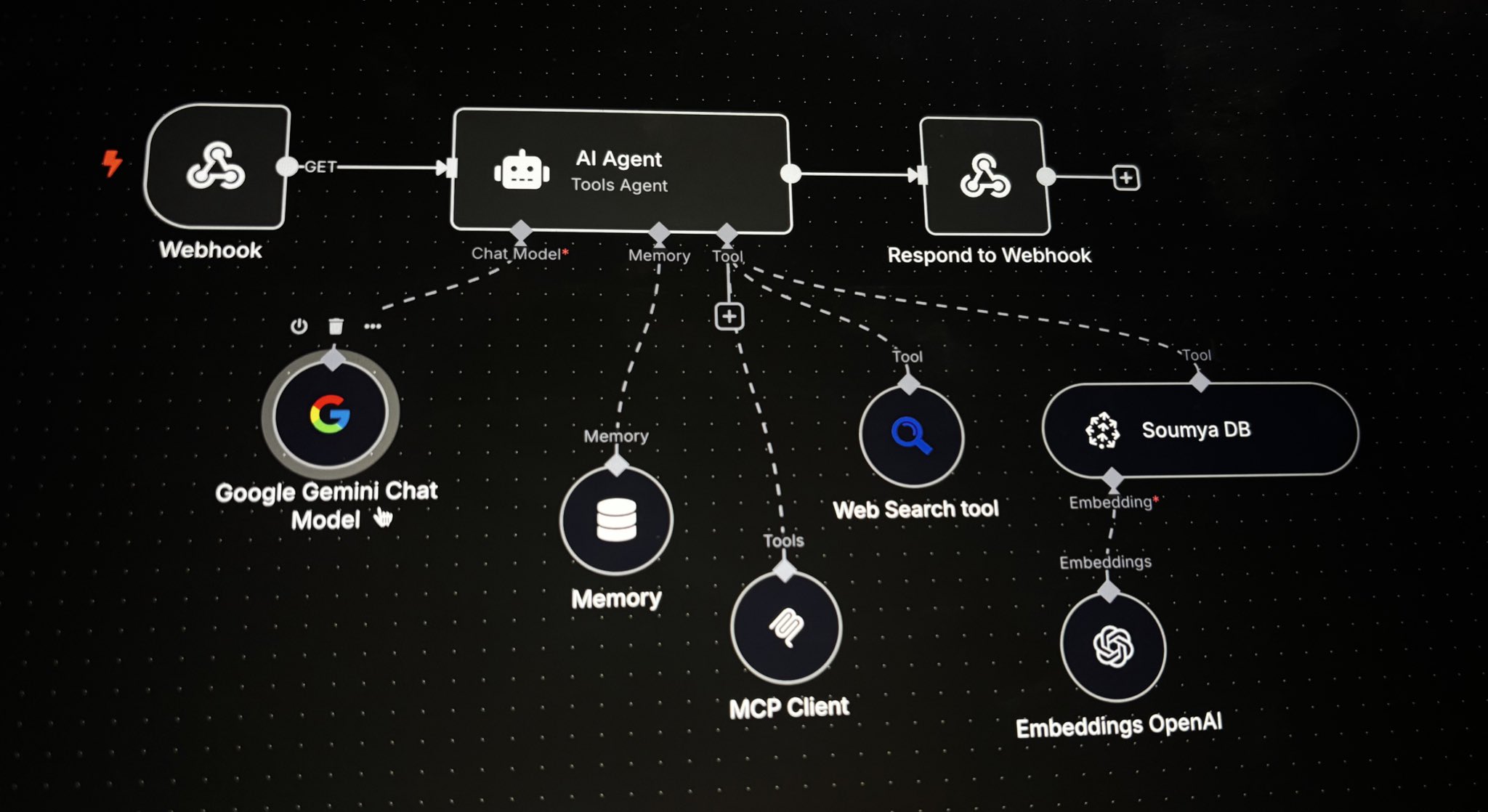Thinking about bringing AI into your workflows? Good call. But let's be honest—it can feel overwhelming, like trying to add jet fuel to a bicycle without blowing it up. The good news? It doesn't have to be that way.
This guide walks you through it in plain English—no buzzwords, no tech flexing. Just clear steps to help you get AI doing real work for your business without the chaos. Let's make things run faster, smoother, and yeah, maybe even a little cooler.
Step 1: Pick Your First AI Win
Start small. Look around—what's dragging you down right now? Maybe your team is buried in repetitive tasks like sorting customer support tickets or pulling weekly reports. That's your low-hanging fruit.
Pick one task where AI can save time or effort, and set a goal. Like: “Let's cut report prep time by 40%.” Keep it tied to real business value, not just what sounds futuristic. One quick win builds momentum and gets everyone on board.
Step 2: Get Your Data (and Tech) in Shape
AI runs on data. If your data is messy, incomplete, or scattered across 14 spreadsheets and 3 inboxes, it's going to trip. So first, figure out what data the AI needs and clean it up.
Also, be sure you're handling data responsibly—privacy laws are no joke.
On the tech side, decide where you're running things: cloud, local, or a mix. Check if your systems can handle the load and whether the AI can plug into your existing tools (like your CRM or Slack). Heads up: prepping your data will probably take more time than you expect—but it's the foundation of everything.
Step 3: Choose the Right Kind of AI
AI isn't one-size-fits-all. Some tools are plug-and-play, some need to be custom-built. If you're doing something unique—like a custom recommendation engine—it might be worth building. If it's something common—like email sorting—use what's already out there.
Also think about speed (do you need instant results or batch processing?) and transparency (if you're in a regulated industry, black-box AI might be a no-go).
Quick tip:
- Build if it's part of your secret sauce.
- Buy if it's about saving time.
Step 4: Sketch the Workflow
Now map out how AI fits into your day-to-day. Where does the data come from? Where does it go? When does a human step in?
This doesn't need to be a masterpiece—just a clear visual or list that shows the flow. Include:
- Where AI kicks in
- When humans make decisions
- What happens if something breaks
Think of this as your safety net and GPS rolled into one.
Step 5: Build It and Test Like You Mean It
You've planned it. Now build it—but don't try to do it all at once. Start small, test fast. Keep logs so you can see what's happening under the hood, and document decisions as you go (future you will thank you).
Test it like it's already live:
- Run your standard cases (where everything works)
- Throw weird scenarios at it (because real life is messy)
Make sure it doesn't break when something unexpected happens.
Step 6: Launch It; But Stay Close
Going live? Awesome. Just don't launch and ghost.
Roll it out slowly. Train your team. Watch for any hiccups. Keep a human in the loop at first so someone's sanity-checking the AI's work.
And track what matters:
- How fast is it working?
- Is it actually saving time?
- Are people using it?
Also: give people a way to report bugs or suggest improvements. You'll be surprised how helpful that feedback is.
Step 7: Keep It Fresh and Scale Up
AI isn't “set it and forget it.” You've got to check in, update the data, and fine-tune things. Otherwise, performance will slide.
Keep listening to your team—they're the ones using it every day. When it's working well, look for ways to scale: reuse what you built, apply the same approach to other workflows, and share what you've learned with the rest of your org.
Tips for scaling:
- Reuse components where you can
- Keep a playbook of what worked (and what didn't)
Stuff That Trips People Up (and How to Avoid It)
People worries: Some folks might be nervous AI will take their job. Show them how it helps them, not replaces them. Get them involved early.
Rushing: Don't skip steps just to ship faster. That tech debt will haunt you later.
Drift: AI can “drift” if the world around it changes. Regular tune-ups keep it sharp.
Wrapping It Up
Bringing AI into your workflows is like adding a tireless teammate to your crew. Do it right, and it'll handle the grind so your people can focus on what really matters.
Start small. Build trust. Scale smart.
And remember: AI isn't magic it's a utility. But in the right hands, it can feel pretty magical.

